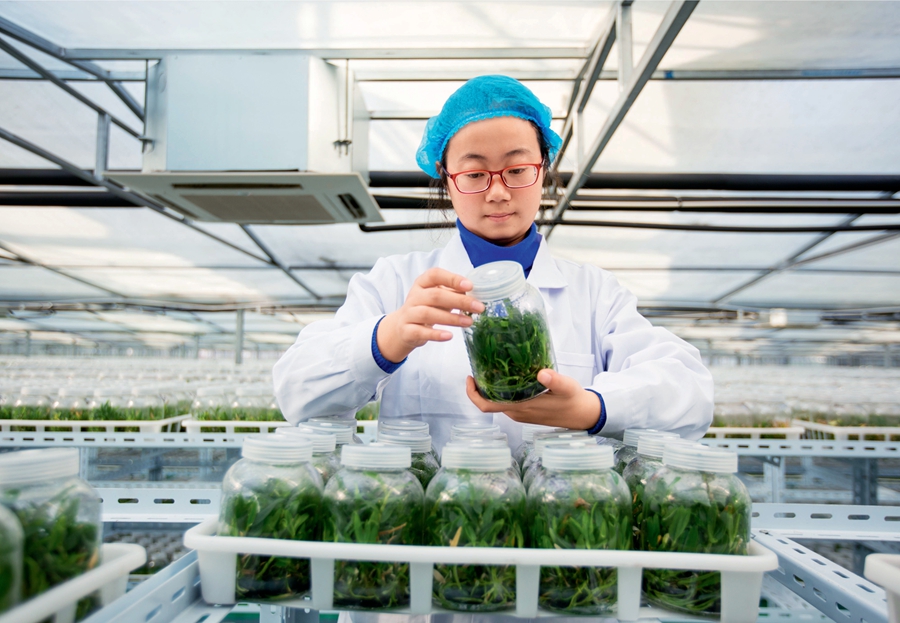Vitalizing China’s Rural Areas
China Today by Zhang Lijuan,April 20, 2018 Adjust font size:
Industry Nurturing Agriculture
Modern agriculture inevitably features the integrative development of primary, secondary, and tertiary industries. Modernized rural areas will also undoubtedly witness coordinated urban-rural development. Under China’s former urban-rural dual structure rural areas and farmers contributed greatly to the country’s urban development. Now it’s time for cities to fuel rural development.
Renlaotun Village of Shandong Province’s Dongming County has a weak industrial base. However, in recent years, the influence of China’s e-commerce platform taobao.com has gradually penetrated into the area, and boosted local online business. In 2015, local farmer Zhu Yongjin first sold online decorative paintings made by himself, which won favor of multitudinous clients owing to their strong local flavors. Then Zhu began to sell a range of products including local brocades, paper cuttings, and farm products online. He became the first e-business dabbler of the village. As his online shop saw increasing orders and rising sales volumes, in 2016, Zhu established the Dongming County Ali E-business Co., Ltd., the e-business service center of Dongmingji Town, and the express service center of the town. As of now, farmers of Renlaotun Village have opened 72 online shops with 150 persons involved in the e-business and the annual sales summing up to RMB 20 million.
“In exploring the development path of modern agriculture, we should pay attention to the following aspects: improving the technological content of agriculture, in particular about incubation and innovation of plantation techniques; enhancing the development of smart agriculture; advancing close combination of agriculture and modern finance,” Party Secretary of Anhui Agricultural University Jiang Chun pointed out.
“The proposal of rural vitalization aims to narrow the urban-rural development gap and ameliorate the current situation that the progress of agricultural modernization lags behind that of the country’s industrialization, informatization, and urbanization,” Chairman of China Well-off Society Association Wang Julu remarked. “Modern agricultural development will inevitably promote the integrative urban-rural development and integration of the primary, secondary, and tertiary industries,” Wang added.

